Addis Abeba & Its Surroundings Attractions
Addis Ababa
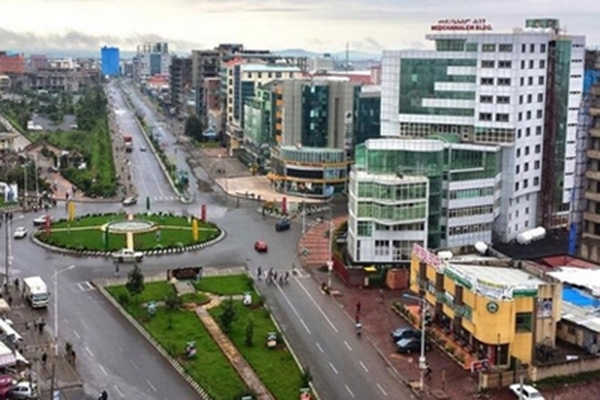 With an estimated population of over 5 million, and located on the horn of Africa, Addis Ababa is the capital city of Ethiopia and seat of African Union, the united Nation Economic Commission for Africa, over hundred and fifty embassies, consulates and many other international agencies. Addis Ababa is located more or less at the center of the country with an altitude of 2440 m above sea level, which makes Addis Ababa the third highest located capital city in the world. The history of the metropolis is very much knitted with the modern history of the country dating back to 1887 when emperor Menilik and his wife Empress Taytu moved their capital from Ankober in the north shoa further south to Entoto plateau in search of a strategic site that would enable him to have a better vantage point for the fortification of the capital. It is believed that Taytu, who noticed the scarcity of fuel wood and water at the chilly site of Entoto plateau proposed to her husband to move the capital from Entoto to its present location. She enjoyed the warm spring bath at” filwoha” (hot water) and appreciated the beauty of the site and the Mimosa Flower where upon she named the new capital “Addis Ababa “which mean ‘New Flower.
With an estimated population of over 5 million, and located on the horn of Africa, Addis Ababa is the capital city of Ethiopia and seat of African Union, the united Nation Economic Commission for Africa, over hundred and fifty embassies, consulates and many other international agencies. Addis Ababa is located more or less at the center of the country with an altitude of 2440 m above sea level, which makes Addis Ababa the third highest located capital city in the world. The history of the metropolis is very much knitted with the modern history of the country dating back to 1887 when emperor Menilik and his wife Empress Taytu moved their capital from Ankober in the north shoa further south to Entoto plateau in search of a strategic site that would enable him to have a better vantage point for the fortification of the capital. It is believed that Taytu, who noticed the scarcity of fuel wood and water at the chilly site of Entoto plateau proposed to her husband to move the capital from Entoto to its present location. She enjoyed the warm spring bath at” filwoha” (hot water) and appreciated the beauty of the site and the Mimosa Flower where upon she named the new capital “Addis Ababa “which mean ‘New Flower.
Debre Libanos Monastery
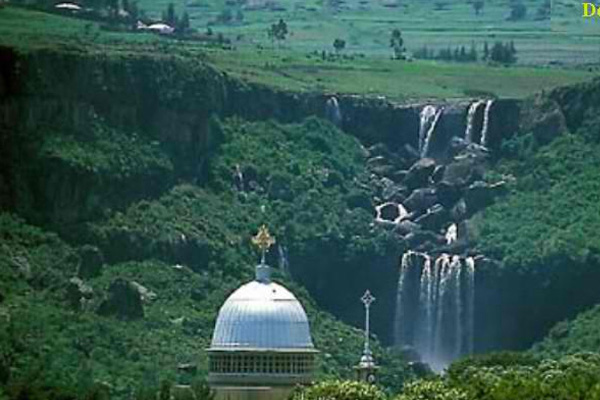 Taking the historic route North from Addis Ababa at the first stop is Debre Libanos,110 kilometer north of the capital. Here you can find reminder of Saint Tekle Haymanot, the 13th century holy man, who stood on one leg for 7 years in a cave at Debre Libanos. A wonderful modern cathedral marks this spot, the center of the Ethiopian Orthodox church for hundred years. Nearby an old Portuguese bridge is visible from the road.
Taking the historic route North from Addis Ababa at the first stop is Debre Libanos,110 kilometer north of the capital. Here you can find reminder of Saint Tekle Haymanot, the 13th century holy man, who stood on one leg for 7 years in a cave at Debre Libanos. A wonderful modern cathedral marks this spot, the center of the Ethiopian Orthodox church for hundred years. Nearby an old Portuguese bridge is visible from the road.
DebreZeit
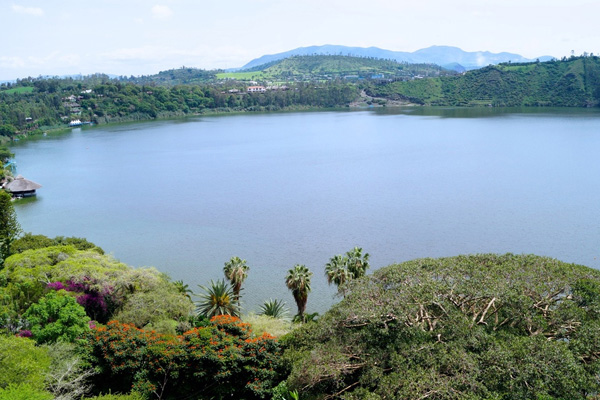 Only 45 kilometers away from the outskirts of Addis Ababa, the small town of DebreZet is an ideal place for the excursionist to spend a wonderful relaxation time. It is easy to make a day trip with quite atmosphere and environment to refresh your mind while you are still not far away from the capital city. The place provides an opportunity to view several rift valley lakes and birds surounding its environment. There are very luxurious lodges on the lakeshore as well as simpler hotels.
Only 45 kilometers away from the outskirts of Addis Ababa, the small town of DebreZet is an ideal place for the excursionist to spend a wonderful relaxation time. It is easy to make a day trip with quite atmosphere and environment to refresh your mind while you are still not far away from the capital city. The place provides an opportunity to view several rift valley lakes and birds surounding its environment. There are very luxurious lodges on the lakeshore as well as simpler hotels.
Zuquala Lake
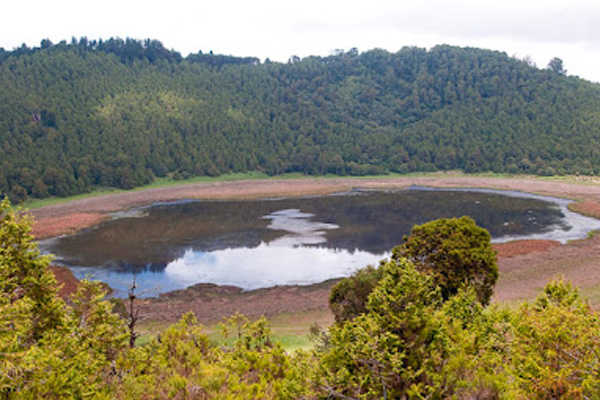 A huge volcanic cone set isolated in the surrounding plain and rising 600m Zuquala’s crater is still perfectly preserved. Two kilometers across and sixty meters deep the crater is occupied by a shallow lake, well known as a holy lake. For many centuries the rim has been the site of a monastery. During the war between chrstian highland kingdom and muslim destroyed some part of the buildings but it was rebuilt and still in use today. The inside rim of the crater is covered with juniper forest, the frequent swirling mists encourage a heavy growth of trailing lichens and the beautiful black and white colobus monkey can sometimes be seen, adding yet another dimension to this already picturesque place.
A huge volcanic cone set isolated in the surrounding plain and rising 600m Zuquala’s crater is still perfectly preserved. Two kilometers across and sixty meters deep the crater is occupied by a shallow lake, well known as a holy lake. For many centuries the rim has been the site of a monastery. During the war between chrstian highland kingdom and muslim destroyed some part of the buildings but it was rebuilt and still in use today. The inside rim of the crater is covered with juniper forest, the frequent swirling mists encourage a heavy growth of trailing lichens and the beautiful black and white colobus monkey can sometimes be seen, adding yet another dimension to this already picturesque place.
Wonchi Crater Lake
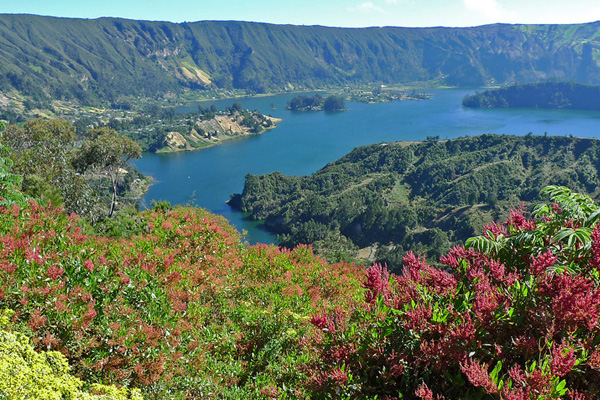 Describe as a green paradise, found 157km to the west of Addis Ababa, Wonchi is a breath taking place. The small monastery on the Island named St kirkos monastery is said to have been built by Emperor Zara Yakob in the 15th century. Around the crater it is possible to walk, enjoy and spot on the interesting bird life surrounding the lake.
Describe as a green paradise, found 157km to the west of Addis Ababa, Wonchi is a breath taking place. The small monastery on the Island named St kirkos monastery is said to have been built by Emperor Zara Yakob in the 15th century. Around the crater it is possible to walk, enjoy and spot on the interesting bird life surrounding the lake.
Ankober
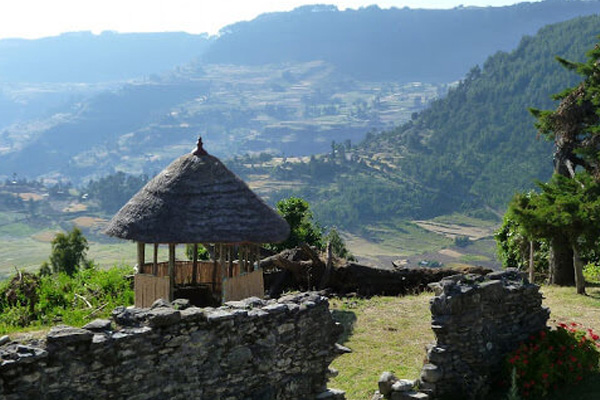 A little old town located 160km north east of Addis Ababa, it was Menelik.II ‘s capital center before he moved to Entoto. In 1886 Menelik decided to move the capital to its current location, Addis Ababa. Ankober was the ancient capital of the Kingdom of Shoa, with Merid Azmatch Amha Iyesus (1745-1775), a ruler descended from the Solomonic dynasty, credited as being the founder. His descendants ruled out from Ankober almost for a hundred years.
A little old town located 160km north east of Addis Ababa, it was Menelik.II ‘s capital center before he moved to Entoto. In 1886 Menelik decided to move the capital to its current location, Addis Ababa. Ankober was the ancient capital of the Kingdom of Shoa, with Merid Azmatch Amha Iyesus (1745-1775), a ruler descended from the Solomonic dynasty, credited as being the founder. His descendants ruled out from Ankober almost for a hundred years.
During the reign of Emperor Menelik II, after the battle of Adwa 1896 Britain, France and Italy made a diplomatic relationship at Ankober, the former Ethiopian political center before Addis Ababa and the sites of their missions can still be distinguished. The place is the view point to look the bird view of the great east African rift valey.
There are many famous Ethiopian Orthodox monasteries and churches in the area surrounding Ankober, including Mantiq a nearby monastery with Judeo-Christian traditions. From the former palace of emperor Minilik II., Ankober look the spectacular view of the great Rift Valley.
Melka Kuntere
 Melka kuntere is a Paleolithic site in Ethiopia which is located 50 km south of Addis Ababa by road, across the awash river from the village of melka kuntere Awash. The waterfall lies downstream of the bridge across the Awash here, which provides access south to Butajira. A museum was built at the site, consisting of four buildings of exhibits – one on Prehistoric Africa, another on Geology and Volcanology, a third on Paleoanthropology, the fourth on the Prehistory of Melka Kunture – and the “Open Air Museum”, which displays the excavation of two Acheulean sites that have been dated to 0.8 Million years Before Melka Kunture.
Melka kuntere is a Paleolithic site in Ethiopia which is located 50 km south of Addis Ababa by road, across the awash river from the village of melka kuntere Awash. The waterfall lies downstream of the bridge across the Awash here, which provides access south to Butajira. A museum was built at the site, consisting of four buildings of exhibits – one on Prehistoric Africa, another on Geology and Volcanology, a third on Paleoanthropology, the fourth on the Prehistory of Melka Kunture – and the “Open Air Museum”, which displays the excavation of two Acheulean sites that have been dated to 0.8 Million years Before Melka Kunture.
Tiya Stelae
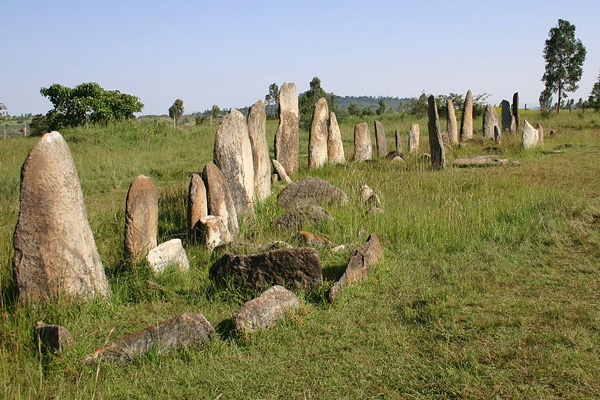 Tiya stelaes are part of an archaeological site located in the central part of Ethiopia, only 89 km far from the capital city and it is classified by UNESCO as a World Heritage Site, where we can see the northernmost example of a peculiar type of engraved, standing stelae which stretch across parts of southern Ethiopia.
Tiya stelaes are part of an archaeological site located in the central part of Ethiopia, only 89 km far from the capital city and it is classified by UNESCO as a World Heritage Site, where we can see the northernmost example of a peculiar type of engraved, standing stelae which stretch across parts of southern Ethiopia.
